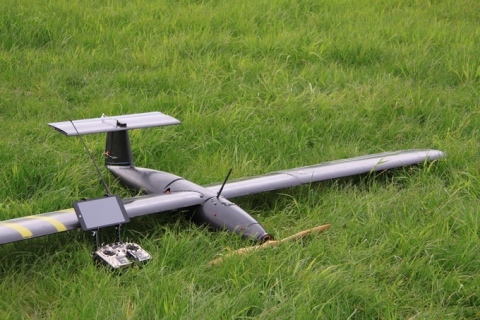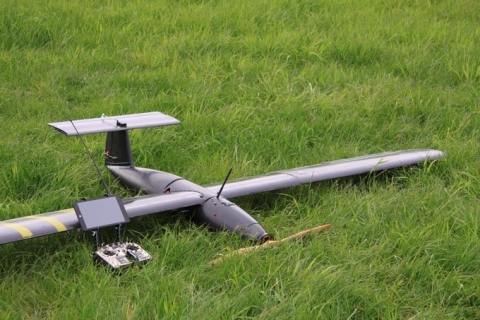SINGAPORE--(BUSINESS WIRE)--A new civilian fuel cell UAV designed for search and rescue is gearing up for the world’s first ever 300km UAV flight to cross the North Sea, linking Scotland to Norway.
This Smart News Release features multimedia. View the full release here: http://www.businesswire.com/news/home/20150831005824/en/
Set to take off within days, this historic flight is the result of a joint effort between UAV fuel cell power systems supplier Horizon Energy Systems (HES) of Singapore, and Scottish UAV developer RaptorUAS. The team is working with Northern Colorado Search and Rescue in the US, as a first end-user of the long endurance UAV system.
The Singapore-built fuel cell is able to keep the Raptor E1 UAV flying for over 12 hours, which makes it an ideal support tool in difficult search and rescue operations over large areas of sea or land. Recognized as the world’s longest endurance energy storage systems for electrical UAVs, fuel cells from HES have helped set new world records in the past including the NASA-backed 5kg Pterosoar UAV system which flew 128km in 2007.
This first HES fuel cell powered UAV flight in the UK is only the start as several more are lined up in the coming weeks and months. “We look forward to breaking new ground in the search and rescue arena, said Taras Wankewycz, CEO of HES. “Long flight endurance enabled by fuel cells can make a significant difference in challenging field operations, and the difficult conditions in the North Sea make it an ideal proving ground.”
Raptor UAS has recently launched a KickStarter campaign to help fund the record event. A portion of the funds raised will be used to provide the volunteers at Northern Colorado Search & Rescue with a turnkey Raptor E1 UAV system. The non-profit group partners with law enforcement agencies and fire departments in the US to provide the latest technologies to assist in various events, disasters, and accidents.
About Horizon Energy Systems www.hes.sg
Headquartered in Singapore, HES deliver the world’s highest performance fuel cells, achieving orders of magnitude beyond what is possible elsewhere today. Where battery performance limits the effective use of these promising unmanned systems, HES’ next-generation fuel cell systems improve versatility and open new mission possibilities for smaller low altitude aircraft, typically reserved for larger, higher altitude and more expensive aircraft.




